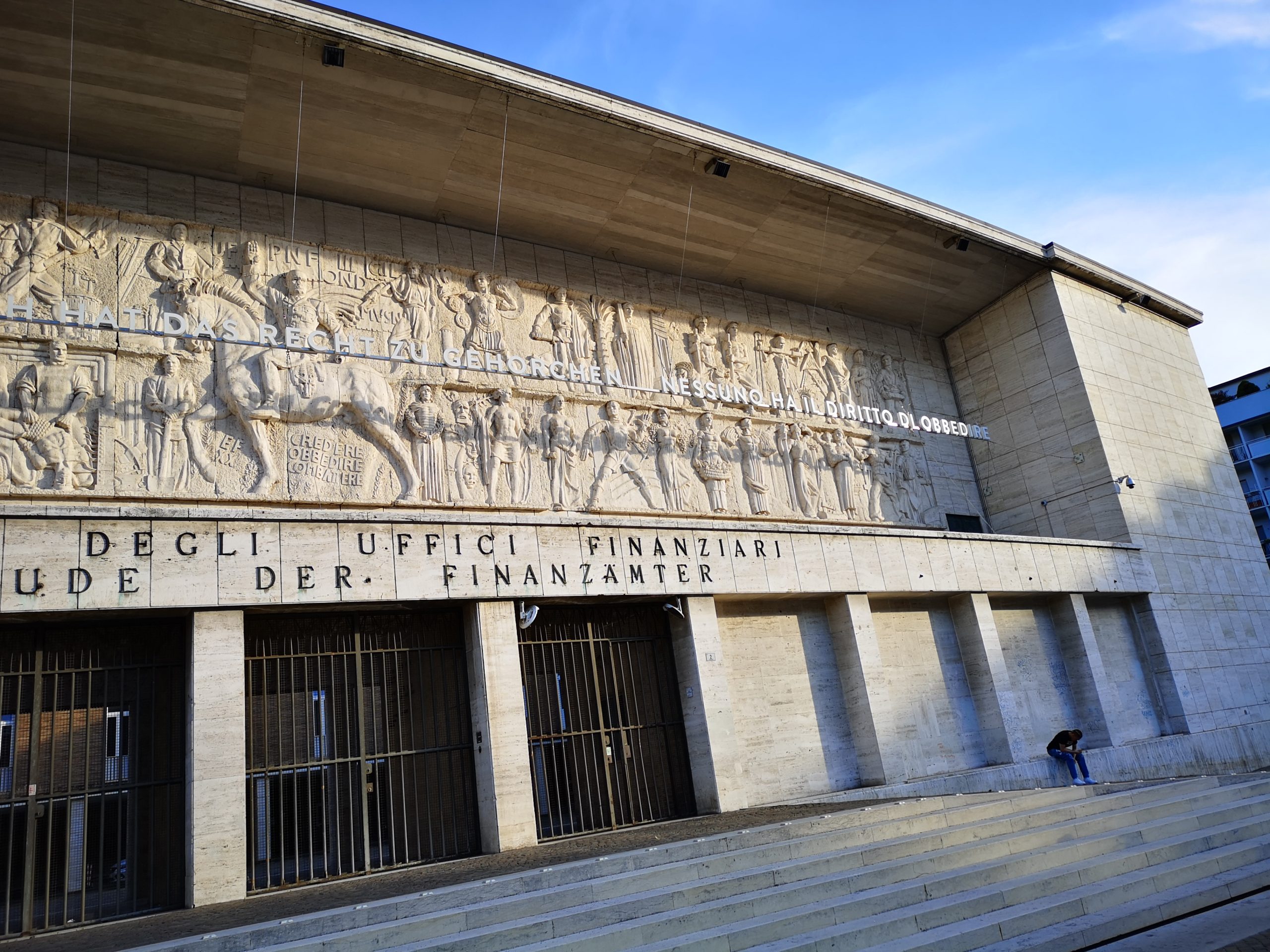Examining the purported 1933 Italian UFO crash – Investigating the Fascist UFO Files
The “Fascist UFO Files” Under Scrutiny
Is It Appropriate To Think And Term Them “Official Documents”? A Technical Analysis by An Archivist
In the latest issue of UFO – Rivista di Informazione Ufologica, the controversy surrounding the “fascist files” is examined from an archival and documental perspective. The supposed documents, dating back to the 1930s, have been propagated by Roberto Pinotti and Alfredo Lissoni, both members of the National Ufological Center (CUN – Centro Ufologico Nazionale). However, there are serious flaws in the arguments supporting the evidential value of these documents.
One of the main issues with these documents is the lack of transparency and reliability. They have been sent by an unknown sender and are not easily accessible to ufology scholars who do not share Pinotti and Lissoni’s views on the UFO phenomenon. Additionally, many of the documents are color photocopies, lacking any original marks of authenticity. The authors themselves seem hesitant to allow critical examination of the photocopies, further raising doubts about their credibility.
Furthermore, the content of these documents is not particularly sensational. They contain reports of phenomena that could be classified as typical UFO sightings, rather than groundbreaking evidence of extraterrestrial activity. The lack of secrecy surrounding these documents is also questionable, as they would have allegedly circulated in various official channels despite their supposed confidential nature.
The nature of these documents is also called into question from an archival perspective. They do not possess any formal characteristics that would qualify them as public archives or confidential records. Instead, they resemble private correspondence, lacking protocol numbers, stamps, or indications of public function. Without these formal elements, the documents cannot be considered reliable or valid evidence.
In terms of technical analysis, an expert report commissioned by Pinotti claims that the documents are “authentic” and part of an archive. However, the details of the analysis have not been made available, raising concerns about the validity of the conclusions. It is important for the documentation related to the expert report to be transparently shared with the UFO research community for further examination and verification.
Overall, while the authenticity of these documents has not been proven or disproven, there are significant weaknesses in the arguments supporting their evidential value. A critical examination and open circulation of information are necessary for any research to be considered historical or scientific. Until then, faith in the conclusions drawn by Pinotti and Lissoni about the contents of these documents remains a matter of personal belief rather than scientific fact.
To wrap it up, it’s important to approach the “fascist files” with skepticism and evaluate them critically. The lack of transparency, reliability, and formal characteristics raises doubts about their authenticity and evidential value. Further research and examination are needed to determine the true nature of these documents and their significance in the field of ufology.
Note: This article is based on an automated translation and has been edited for clarity and readability.
